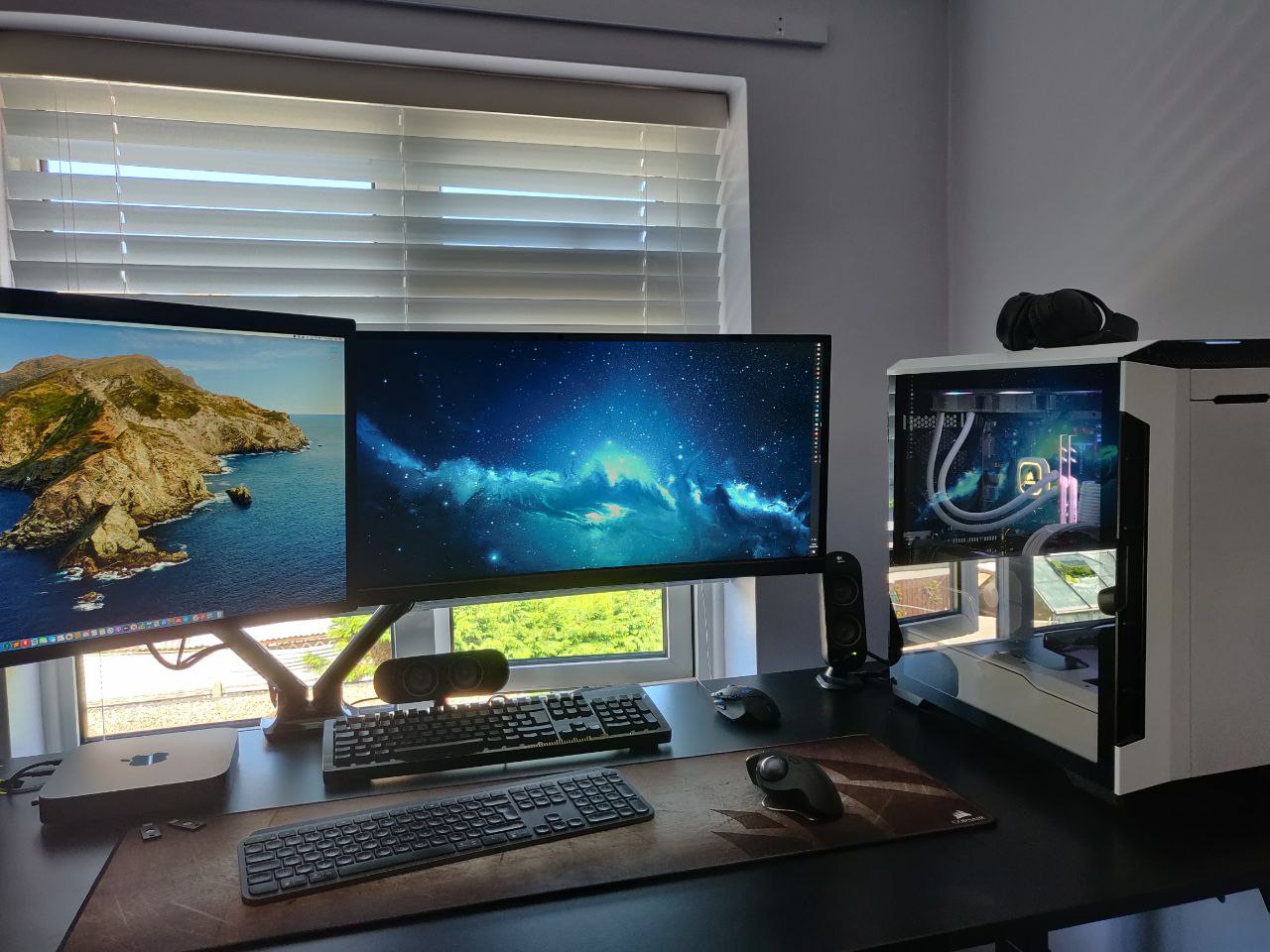I am an advocate for remote working flexibility in companies where it makes sense. I think there are huge benefits for both employers and employees when it comes down to offering this style of working. Here is why I think that this is the case:
Quality of life improvements
Remote workers get more free time in a typical working day where they work from home. No commute to worry about means that they can spend more time with family in the morning before work, or the evening after work.
Alternatively, they get more personal time to do things that they would like to do, but couldn’t really do if they were otherwise commuting.
I personally spend time early in the morning or in the evenings after work sharing it between family time and personal time. For example here are some of the activities I like to use the extra time for:
- Helping with kids breakfast time
- School readiness / transport
- Meditation
- Spend 30 minutes working on personal projects
- Go to the gym or go for a quick run
Employers benefit from the positive effects that remote working has on employees
In my experience and opinion, remote workers that don’t have to deal with the monotonous cycle of commuting every day to their jobs tend to approach their work with extra enthusiasm and drive.
Employers benefit from more efficient and energetic employees.
In my case I personally don’t mind throwing in an extra hour or two of work on top of my usual hours when I work remotely. A typical commute for me in and out of work would take around 3 to 4 hours.
If I find myself making good headway on a project and want to continue the momentum I’ve picked up during the day to get good work done, I’ll gladly spend extra time after hours to do so. I count the time spent less commuting as credit toward extra overtime.
Balancing remote work and on-site work
Of course too much one thing can have its drawbacks. My personal preference is a bias of more remote work in a typical work week than on-site work.
I think having 1 or 2 days or work on-site during a work week is plenty to balance things out.
There are definite benefits to seeing colleagues in person and having those face to face conversations. Pairing work is also good to get done in person.
When I’m on-site, I will make extra effort to:
- Catch up with colleagues in the mornings
- Grab a coffee or two with colleagues for personal or work related conversations at random break intervals during the day, or between meetings
- Go out for lunch with team members
- See if there is work we can pair on – e.g. pair programming or problem solving
In addition to the above, I also try to plan my on-site work days to coincide with days where there are meetings scheduled. For example, sprint planning or retrospective meetings.
Potentially More Desk Space
Working from home can give you a potentially better workspace. As long as you have the room, you can deck your area out to your liking.
Here is a post about my Jarvis Standing Desk and workspace configuration.
In summary
I think there are some clear benefits to working remotely. These mainly come in the form of the positive effects on employee lives being passed on to their work and outlook on their work.





